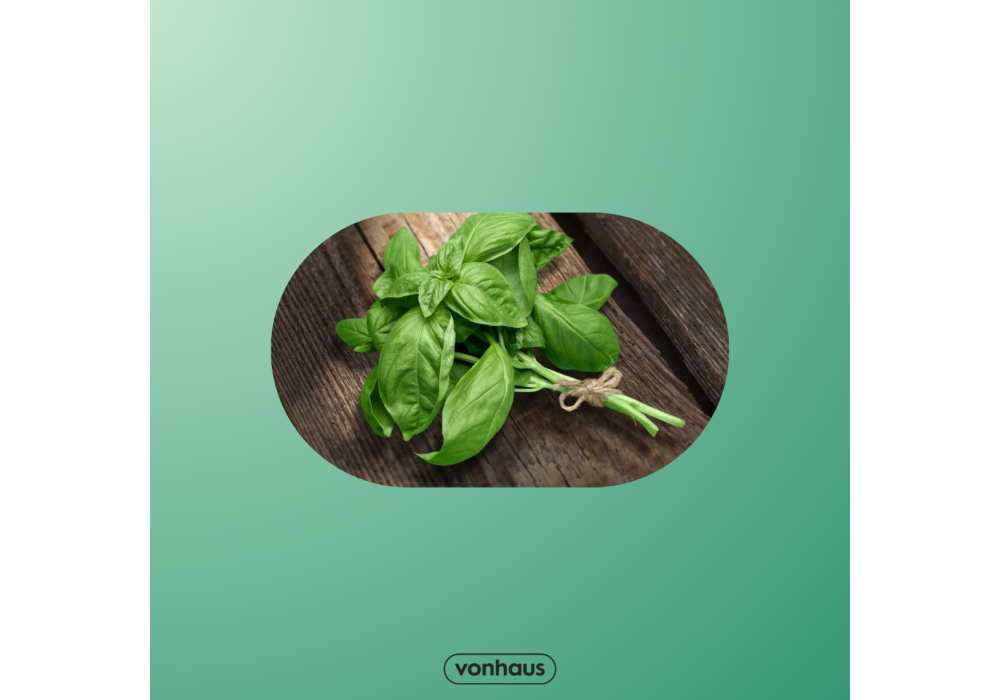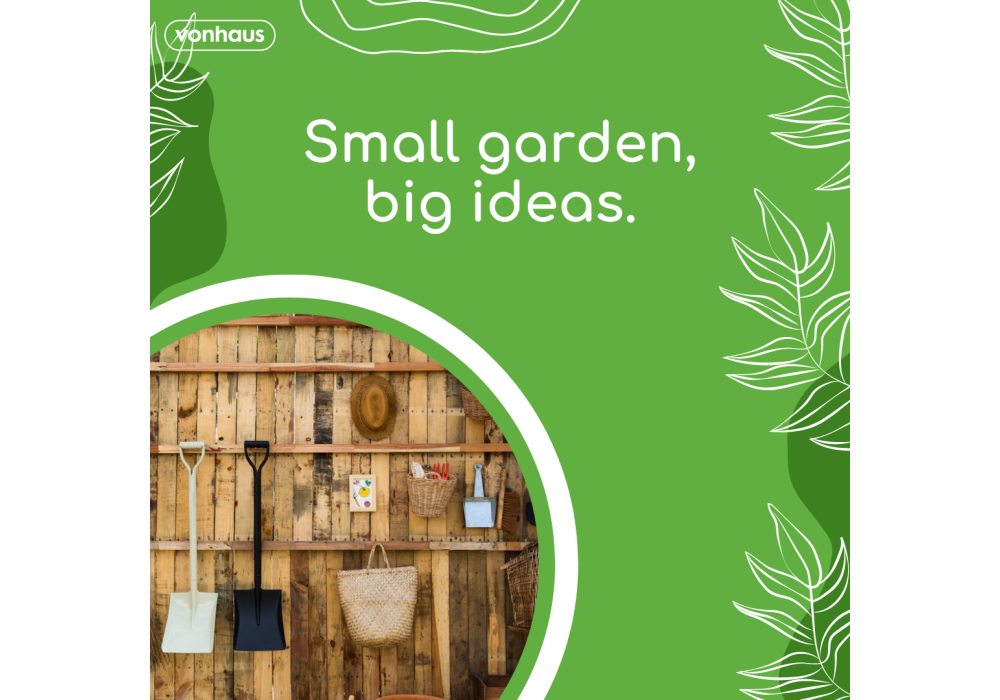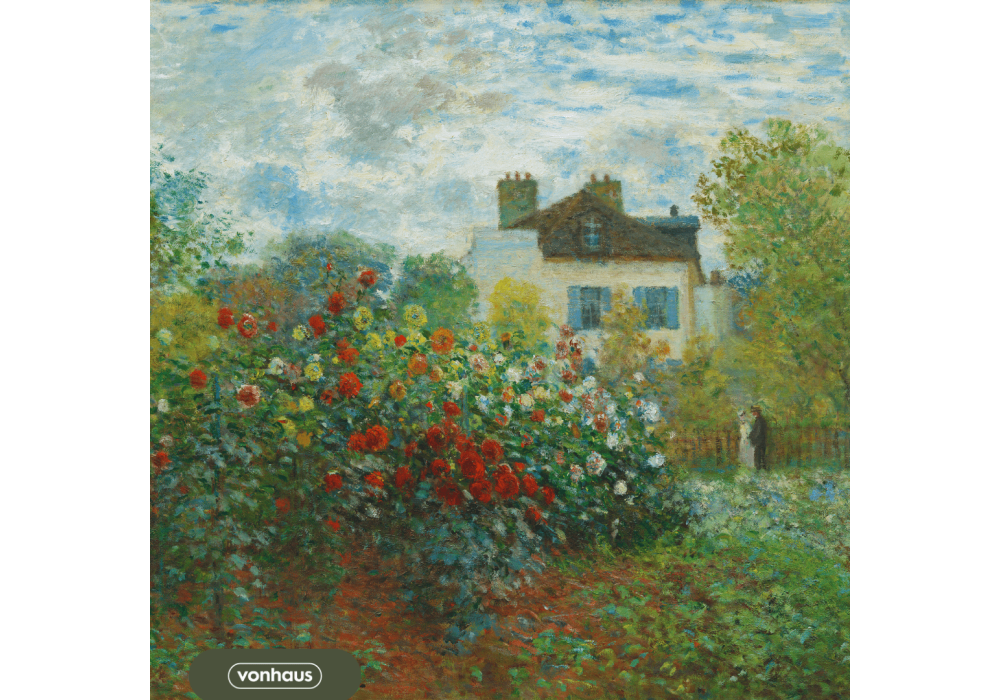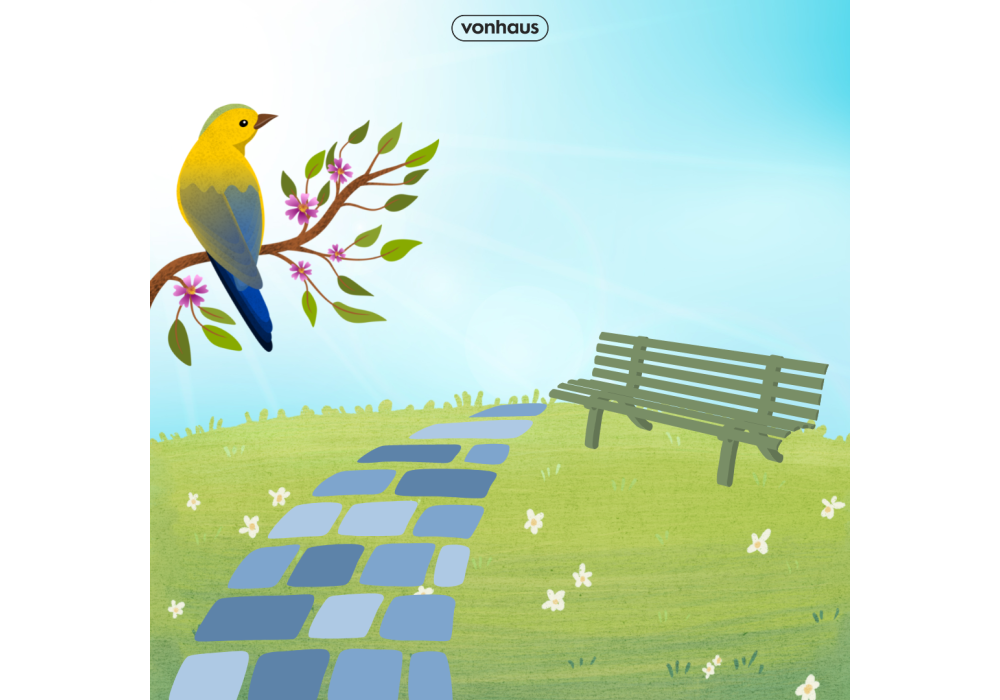How to create a wildlife garden


.
You’ve mowed the lawn, trimmed the hedges, and sorted the shed – but there’s still something missing… Wildlife! Don't fret, though! It's time to roll up your sleeves, grab your garden tools, and embark on an exciting journey to create a buzzing backyard haven for birds, bees, butterflies, and more.
In this blog, we'll unveil a treasure trove of wildlife garden ideas that will transform your outdoor space into a thriving sanctuary for our furry and feathered friends. So, let's dive in and get ready to welcome some nature's most curious visitors!
Embrace biodiversity


First things first: biodiversity – the secret sauce to a thriving wildlife garden. Here's the game plan: we'll fill your garden with diverse plants that provide nutrition, shelter, and cosy nesting spots for various wildlife species. We're talking about plants that are local superheroes – the native ones, perfectly acclimated to your area and ready to support your ecosystem in the best possible way. Let's get planting and watch the magic unfold!
Plan for pollinators




Bees and butterflies – the true rockstars of our ecosystem. Our grand plan is to invite them with open arms by planting nectar-rich flowers that bloom all year round. Picture this: a delightful array of lavender, coneflowers, sunflowers, and wildflowers dancing in the breeze.
Oh, and here's a top-secret tip – we're keeping those pesky pesticides at bay! Our mission is to protect our garden heroes and create a haven for these invaluable pollinators. Let's roll out the flowery red carpet!
Shelter and nesting sites


Building superhero shelters for wildlife is a wonderful way to support biodiversity and help local ecosystems thrive. Providing shelter and nesting sites not only benefits the animals but also contributes to maintaining a balanced and healthy environment. Here are some ideas for creating your superhero shelters:
Bird Boxes
Install bird boxes or nesting boxes in your garden. Different bird species prefer different box designs, so research the specific requirements of the birds in your area. Ensure the boxes are securely mounted and protected from predators.
Butterfly Houses
Butterfly houses, also known as butterfly shelters or hibernation boxes, can offer protection to butterflies during cold weather or provide a safe place for them to lay eggs. These houses typically consist of slotted wooden structures filled with twigs or straw.
Bug Hotels
Bug hotels are small structures made of natural materials like logs, sticks, pinecones, and bamboo. They provide hiding spots and nesting opportunities for insects like solitary bees, ladybugs, and other beneficial bugs.
Hedgehog Houses
Hedgehogs are natural pest controllers, and providing hedgehog houses can give them a safe place to rest and hibernate. Ensure there is easy access for them to get in and out, and consider adding some dry leaves for bedding.
Bat Boxes
Bats play a crucial role in controlling insect populations. Building bat boxes on trees or buildings can offer them a safe place to roost and raise their young.
Rock Piles
Creating small rock piles or rock walls can offer hiding spots for various reptiles, amphibians, and insects.
Logs and Deadwood
Leaving fallen logs and deadwood in your garden or green provides habitats for a range of insects, fungi, and small animals.
Native Plantings
Planting native shrubs, trees, and wildflowers in your garden attracts more wildlife and provides natural shelter and food sources.
Water Features
Adding a small pond or water feature can attract amphibians, dragonflies, and other water-dependent creatures, providing them with essential habitat.
Leave Wild Areas
Allow some areas of your garden to grow wild and undisturbed. These areas can become natural habitats for a wide variety of wildlife.
Remember, creating superhero shelters is just one step; it's equally essential to create a safe environment free from harmful chemicals, pesticides, and excessive human disturbance. By taking these measures, you can help create a welcoming haven for wildlife, contributing to the conservation of many species and the overall health of the ecosystem.
Hydration stations


Water features are an absolute must-have in your wildlife paradise. Ponds, birdbaths, or even a soothing cascading waterfall are all prime animal hangouts, offering a refreshing oasis for our furry and feathered friends to stay hydrated and cool off during hot days.
To make it even more inviting, let's sprinkle in some floating plants or strategically placed rocks, giving our tiny pals the perfect spots to take a well-deserved breather. Let the waterworks begin!
Provide food sources


Rich food sources are essential when in a wildlife-friendly garden. Providing a buffet of fruits, nuts, seeds, and berries ensures that different species can find nourishment throughout the year. Here are some food sources you can incorporate into your garden:
Fruiting Trees
Plant fruit trees such as apple, cherry, plum, and pear. These not only provide food for wildlife but also add beauty to your garden.
Berry-Bearing Shrubs
Include shrubs like elderberry, blackberry, raspberry, blueberry, and holly. Birds, small mammals, and insects will be drawn to these berry bushes.
Nectar-Rich Flowers
Grow nectar-rich flowers like sunflowers, lavender, coneflowers, and bee balm. These flowers attract butterflies, bees, and hummingbirds.
Seed-Producing Plants
Consider plants that produce seeds, such as sunflowers, coneflowers, and grasses. These seeds are valuable food sources for birds and small animals.
Nut Trees
If space allows, plant nut trees like oak, hazelnut, or chestnut, which provide food for squirrels, birds, and other wildlife.
Native Plants
Incorporate native plants into your garden, as they are well-adapted to the local ecosystem and often attract a wider range of wildlife.
Wildflower Meadow
Create a wildflower meadow with native wildflowers. These provide nectar and pollen for bees and other pollinators.
Fruit-Producing Vines
Grow vines like grapevines or kiwi that produce fruits that wildlife can enjoy.
Herb Garden
Plant herbs like mint, thyme, and oregano. They can attract pollinators and provide shelter for insects.
Water Sources
Don't forget to include a water source, such as a birdbath or a small pond. Water is essential for wildlife to drink and bathe.
Avoid Pesticides
Minimise or eliminate the use of pesticides in your garden, as they can harm the very wildlife you're trying to support.
Year-Round Interest
Aim to have plants that offer food at different times of the year to sustain wildlife throughout the seasons.
By diversifying the food sources in your garden, you'll create a thriving ecosystem that attracts a wide array of wildlife, from birds and butterflies to bees and mammals. Remember to maintain your garden and provide these food sources sustainably to ensure a healthy environment for your wildlife guests.
Keep it sustainable


Sustainable and eco-friendly gardening practices are essential for creating a healthy and thriving garden that supports wildlife and helps protect the environment. Here are some eco-friendly gardening tips to keep your wildlife garden sustainable:
Organic Fertilisers
Use organic fertilisers made from natural sources like compost, manure, and organic matter. They enrich the soil with essential nutrients without harming beneficial organisms.
Composting
Compost kitchen scraps, yard waste, and fallen leaves to create nutrient-rich compost. This helps reduce waste and provides a natural and eco-friendly way to fertilise your plants.
Mulching
Apply organic mulch, such as wood chips, straw, or leaves, around your plants. Mulch helps retain moisture, suppress weeds, and enrich the soil as it breaks down.
Rainwater Harvesting
Collect rainwater in barrels or other containers to use for watering your garden. Rainwater is free of chlorine and other chemicals found in tap water, making it a healthier choice for your plants and the environment.
Drip Irrigation or Soaker Hoses
Use drip irrigation or soaker hoses instead of overhead watering to minimise water wastage and ensure water reaches plant roots more efficiently.
Integrated Pest Management (IPM)
Implement IPM strategies to manage pests in your garden. Encourage natural predators, like ladybugs and birds, to control pests naturally.
Native Plants
Choose native plants for your garden as they are well-suited to the local climate and require less water and maintenance.
Avoid Invasive Plants
Avoid planting invasive species that can harm native ecosystems and displace local wildlife.
Bee-Friendly Gardening
Plant flowers that attract bees and other pollinators, providing them with a safe and pesticide-free environment.
Natural Weed Control
Use manual weeding or natural weed control methods like vinegar solutions instead of chemical herbicides.
Mulch Mowing
Allow grass clippings to remain on the lawn after mowing to provide natural fertiliser.
Encourage Biodiversity
Create diverse habitats in your garden by including a variety of plants, trees, and shelter options to attract different wildlife species.
Reduce, Reuse, Recycle
Embrace the three Rs in your gardening practices, reducing waste and reusing materials wherever possible.
Every day's a school day


Here's the best part – your wildlife garden is also a learning zone! So, put up signs and create an area where visitors can discover fascinating facts about the critters they encounter. Let's inspire a love for nature in both the young and young-at-heart!
By fostering this love for nature, you're sowing seeds of curiosity and appreciation for the world around us. You might ignite a future biologist, environmentalist, or wildlife enthusiast in the process!
Are you ready for the grand finale? Your wildlife garden will be a haven where nature thrives, and you'll witness the magical symphony of birdsong, the captivating dance of butterflies, and the joyful presence of all sorts of creatures. It's a celebration of biodiversity and your commitment to preserving and nurturing the precious wildlife around us.
So, let's get started – let your imagination and love for nature guide you as you design and cultivate your wildlife garden. Get ready to embark on a journey of wonder and awe and cherish the beauty of the wild in your own backyard!
For more how-to guides and lifestyle tips, head to our blog – we'll see you there!





 Need help?
Need help?



